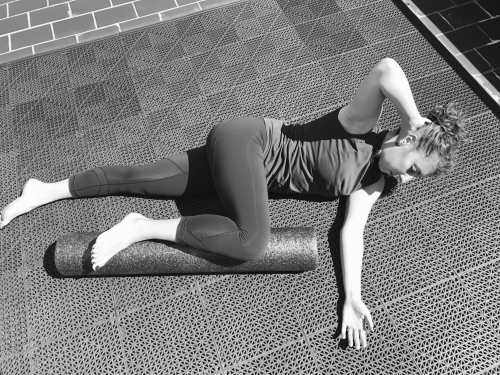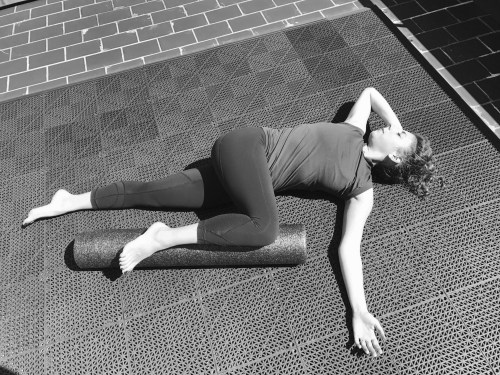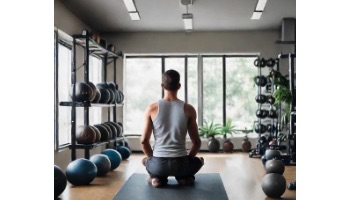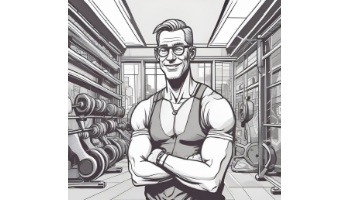The human body is designed to move. Without regular movement, things start to fall apart. Muscles atrophy, joints slowly deteriorate and can eventually become arthritic, and things just lock up in general, causing yet more problems. Upper body rotation—known in the jargon as thoracic rotation—is one of the most under-recognized and under-appreciated movements of our bodies. Knowing how to maintain it can be a boost to your overall movement capabilities and thus, to your health in general.
Upper Body (Thoracic) Rotation
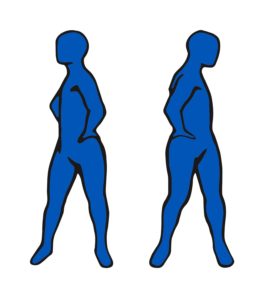 The upper body must be able to rotate in order for your whole body to move properly, especially for locomotion like walking and running. That’s because the ability to swing a leg while also keeping yourself facing forward requires some rotation in the system. Without it, you’d waddle down the street like a penguin. Since no one wants that, if the upper body is stiff your body will find a way to get rotation from other areas – such as the low back – which can cause them to become overly stressed. That’s no good.
The upper body must be able to rotate in order for your whole body to move properly, especially for locomotion like walking and running. That’s because the ability to swing a leg while also keeping yourself facing forward requires some rotation in the system. Without it, you’d waddle down the street like a penguin. Since no one wants that, if the upper body is stiff your body will find a way to get rotation from other areas – such as the low back – which can cause them to become overly stressed. That’s no good.
Side Lying T-Spine Rotation
A simple drill to help restore and maintain upper body rotation is the side lying t-spine rotation. Lie on your side with one or both legs pulled towards the chest. You want a ninety-degree angle at both the hip and the knee. (This position helps stabilize and immobilize the low back.) Place your finger tips around your top ear, then rotate back towards the ground. Let gravity help you get a little bit further each time. Try two or three sets of ten repetitions.
This drill can help prevent or reduce low back pain, shoulder pain, and even neck pain, so it is well worth the effort. If you find you have some limitations with this, give it a try and see how it makes you feel. If you experience pain though, or you have a major underlying issue, seek help from a physical therapist.
The Big Picture – Healthcare
Healthcare in the United States is strained, to say the least. Part of the solution will come from policy that addresses the most broken parts of the system. Another part should always be about keeping people healthier so that they don’t need the system nearly as much. Being better movers can help by reducing joint and muscle pain, which accounts for a huge portion of treated conditions in the United States. Back pain, for example, is the leading cause of disability in people under 45 and it can lead to costly surgeries and opioid use. That’s a problem the right exercises—such as the side lying t-spine rotation—can help to fix.
